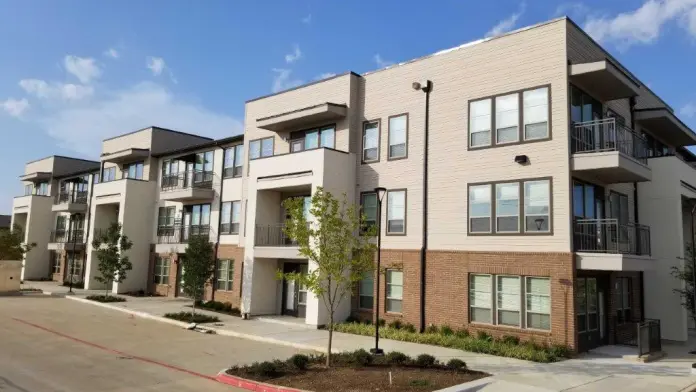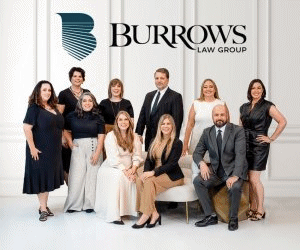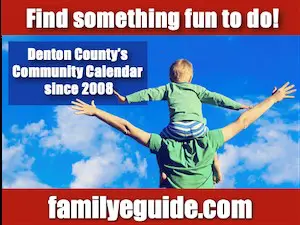If you want to get into a hot debate with anyone in Flower Mound, just mention the “A-word.”
Apartments in Flower Mound, much like the rest of DFW, are in high demand by developers but highly opposed by many residents.
Flower Mound is a desirable place to live for a plethora of reasons, and apartments are typically a more affordable option to the dwindling inventory and spiraling cost of existing and new homes. Land that is already zoned for apartments is more valuable to developers than land without apartment zoning.
If Flower Mound had a more apartment-friendly vision in the recent past, the town could look significantly different than it does today.
“If the vision for my town was to build apartments from Grapevine to Flower Mound Road, we could’ve put up 15,000 apartment units in two years,” said former Mayor Tom Hayden.
But the preservation of Flower Mound’s character and charm is more important to many residents. Most of those currently serving on Town Council largely oppose new apartments, some saying that the town has enough existing and already approved.
Flower Mound currently has 3,035 multifamily units built, 584 under construction (The Point and age-restricted Watermere) and up to 1,119 apartment units allowed per zoning at Lakeside Village, Southgate and Phase 2 of The Point, according to town staff. Silveron Park has a pending application for 502 more multifamily units.
Always a town campaign issue, the apartment debate came to a head this spring during a six-hour town work session about the proposed Furst Ranch development in April. Jack Furst presented plans to build a huge mixed-use development on his land in west Flower Mound that would include, among other things, 4,000 apartments and 1,280 townhomes and condos.
“I think there are parts of it that don’t seem to fit what my residents are telling me and what I believe is Flower Mound,” Council member Ann Martin said during the work session. “The single-family part of it, especially the lower density, feels more like what we were promised in the Master Plan.”
Residents cite several reasons why they don’t want more apartments in town, from more traffic to an increased demand on town infrastructure, but also the aesthetics of high-density housing in a town clinging to what remains of its rural roots.
Western Flower Mound remains largely undeveloped, a stark contrast to the denser Lakeside area along FM 2499 on the south side of town. The phrase that came up again and again during the Furst Ranch work session was that the proposed high density was “not a good fit” for Flower Mound, particularly the town’s rural western entrance. However, a large portion of Furst’s property is currently master-planned for mixed use, which allows for apartments. After the work session, Furst said his team would go back to the drawing board to come up with a plan that council would like better.
The interest in maintaining Flower Mound’s rural roots and individuality doesn’t just exist in residents’ ideologies, but it’s spelled out in the town’s official mission statement: “The vision of Flower Mound is to preserve our unique country atmosphere, heritage, and quality of life while cultivating a dynamic economic environment.” The town Master Plan talks of preventing Flower Mound from becoming another suburb “indistinguishable from other areas of the Metroplex,” but rather following its SMARTGrowth Program meant to preserve open space, native prairies and oak forests.
“It’s about what you want your town to be,” Hayden said. “I don’t think that most people move to Flower Mound for high-density housing. Most of the time, it doesn’t age well.”
Many developers promise commercial will follow new residential, but some are finding that promise difficult to keep.
Hayden served as mayor from 2012-18, and was a town council member before that. In 2013, Centurion American purchased the stalled River Walk development right in the middle of town and soon commenced building apartments, with plans for restaurants, retail and an amphitheater to create a “downtown” for Flower Mound.
The apartments have been open for years, but the most highly anticipated part of the development, Restaurant Row, has yet to open (although Centurion said recently that the first two of five eateries should open late this summer).
“People would say we need more high-density to get more commercial, and I’m not sure that’s a good tradeoff,” Hayden said.
The roadblock for Flower Mound, Hayden said, is that the town is not close enough to major highways and doesn’t have the vehicle count of an Allen, Frisco or Southlake, so it struggles to attract the same businesses and restaurants that many residents want.
“When I was mayor, I talked to Trader Joe’s and H-E-B to get them to come here,” Hayden said. “They’re looking for car counts, and we don’t have them.”
Current Mayor Derek France said “it’s a balancing act” when trying to fit the resident’s expectations with the housing market, but said town leaders consider many factors when evaluating development proposals.
“Flower Mound is a rare and special community in that we’re centrally located in the DFW Metroplex – in fact, our proximity to DFW International Airport is why we say we’re ‘10 minutes from anywhere in the world’ – but we have a unique country atmosphere that we want to preserve,” France said.
Who lives in these apartments? It is likely one of your friends or former neighbors.
“Lots of folks from Flower Mound, Lantana, Argyle and other areas are either downsizing, building a custom home or getting their house renovated and need a place to live close by, not to mention those who have recently divorced,” said Jacob Werner, manager of the new Alexan Flower Mound apartments.
Flower Mound currently has 27,192 housing units, with 11 percent consisting of apartments, town officials said.
“There is no specific ‘right’ number of multifamily housing units in any municipality,” France said. “Each proposed development requires review as we balance housing needs against density concerns; as we consider whether young families or fixed-income seniors can afford to live in our community while acknowledging growing population impacts; and as we think about easing affordability pressures to improve access to opportunity for everyone while preserving our great town’s natural beauty and open spaces in the long-term.”

















